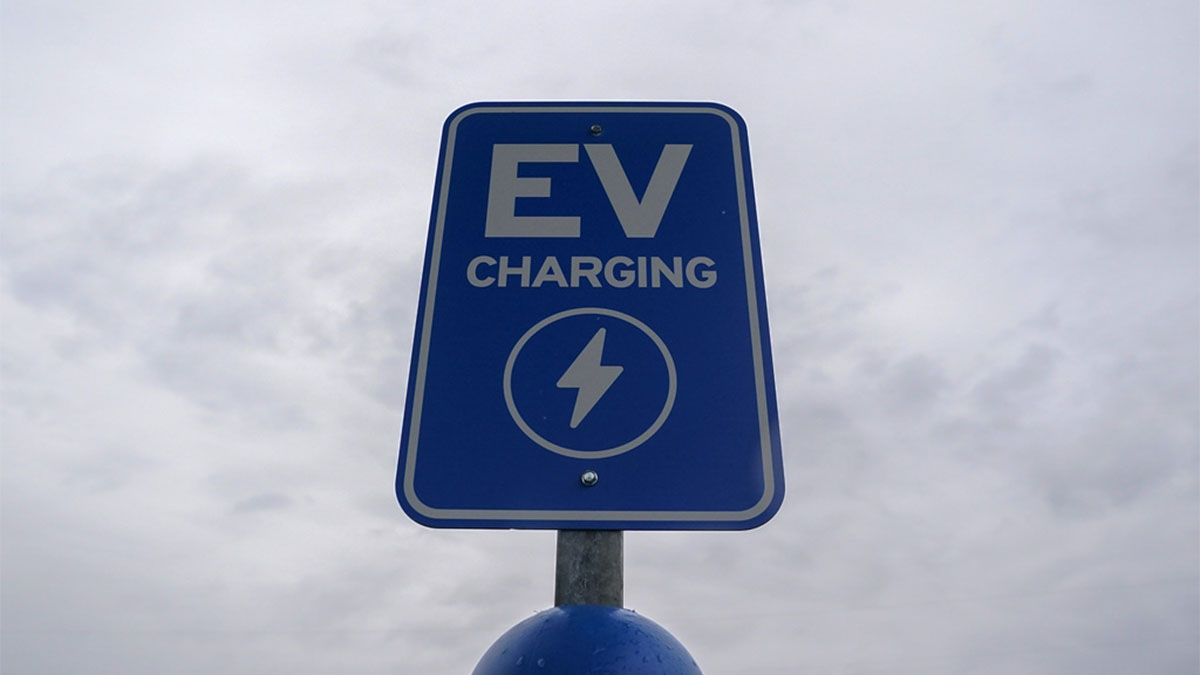As India accelerates its transition to electric mobility, the Union Budget 2025 is anticipated to play a crucial role in optimising the Goods and Services Tax (GST) framework. The current GST structure imposes a higher tax on essential EV components compared to the final product, increasing costs and hindering scalability. Industry leaders are advocating for a uniform GST rate across EVs, batteries, and charging infrastructure to enhance cost efficiency and market penetration.
Challenges in the existing GST framework
Currently, electric vehicles (EVs) benefit from a reduced GST rate of 5 per cent to promote adoption. However, key components such as lithium-ion batteries are taxed at 18%, creating a financial burden on manufacturers and consumers alike. This disparity disproportionately affects commercial EV users, including gig workers and three-wheeler operators, who face high battery replacement costs. Additionally, manufacturers incur GST rates of 12 per cent and 18 per cent on electrical components and a steep 28% on mechanical parts, further complicating financial planning.
Advocating for uniform GST rates
To mitigate these challenges, stakeholders are urging policymakers to introduce a standardised 5 per cent GST across all EV-related components. A uniform rate would ease financial burdens, stabilise production costs, and foster a predictable pricing environment. Addressing the inverted duty structure would also alleviate working capital constraints, enabling manufacturers to reinvest in innovation and sustainable production.
The GST treatment of charging infrastructure also remains inconsistent, with varying tax rates on power modules, connectors and transformers. Standardising GST for charging infrastructure would encourage private investment in charging networks, alleviating range anxiety and fostering wider EV adoption.
Impact Shorts
More ShortsPotential benefits of GST reforms
Implementing a uniform GST structure could significantly enhance India’s EV ecosystem. Aligning GST rates on standalone battery packs with EVs would eliminate cascading tax effects and boost affordability, particularly for commercial fleets. Additionally, lowering GST on critical components would incentivise domestic manufacturing, aligning with the ‘Make in India’ initiative and strengthening supply chains.
Strengthening domestic battery production
Beyond GST reforms, there is an urgent need to support local battery manufacturing. India’s reliance on imported lithium-ion batteries leads to price fluctuations and supply chain disruptions. Offering tax incentives and subsidies for domestic battery production could stabilise supply, reduce costs, and enhance accessibility. Encouraging local production would also promote research and development, fostering innovation in energy storage technology.
Market growth and future outlook
India’s EV sector is experiencing rapid growth, with sales exceeding 14.08 lakh units in 2024 and market penetration rising to 5.59 per cent from 4.44 per cent the previous year. While these numbers indicate progress, further GST reforms could accelerate adoption, bringing India closer to its goal of achieving 30% EV market share by 2030. Eliminating GST disparities would ensure a more inclusive transition to clean mobility, benefiting consumers across all economic segments.
Budget 2025 expectations
With Budget 2025 approaching, policymakers have a unique opportunity to introduce structural reforms that will define the future of India’s EV industry. Streamlining GST across the EV value chain, providing incentives for domestic manufacturing, and simplifying taxation on charging infrastructure will create a more conducive environment for growth.
If these measures are implemented effectively, EV affordability will improve, benefiting consumers, fleet operators and businesses invested in sustainable transportation. A well-executed GST overhaul could be the catalyst India needs to build a greener, more cost-effective mobility ecosystem.
The author is CEO & Co-Founder, Neuron Energy. Views expressed in the above piece are personal and solely those of the author. They do not necessarily reflect Firstpost’s views.


)

)
)
)
)
)
)
)
)



